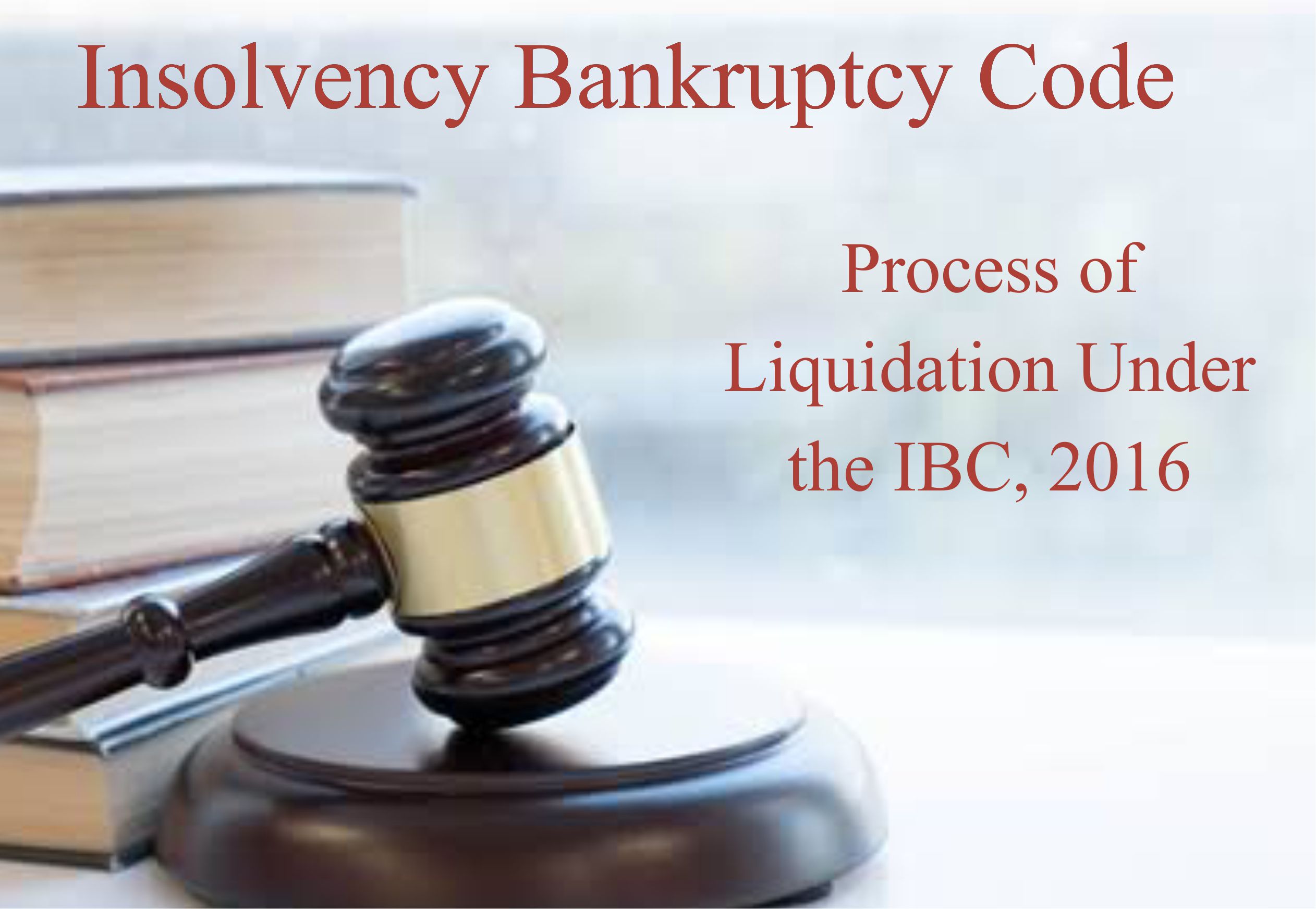


Unsecured – unsecured creditors, such as credit card companies, do not have a lien, or a security interest, in any of the assets, so they are repaid after the secured creditors have been paid.For example, when a company leases a car, the lender has a lien against the car, so if the business stops paying, the company can take back the car.

Secured – a secured creditor has a lien against the business, or a commitment of assets to repay whatever was borrowed.But there are different classes of creditors that determine in what order they are paid. When a company’s assets are liquidated, or converted to cash, the cash is then used to pay off creditors. The biggest downside of inventory liquidation is that, in many cases, the timetable for liquidating assets is short, so the discounts are steep and the cash earned is much lower than the retail value. A business could liquidate most or all of its inventory as part of a move to a new location, thereby saving money on having to transport all of it to a new storefront. Liquidation sales often occur as part of a bankruptcy filing, but not necessarily. Other business assets that could be liquidated include: What Are Assets?Īssets aren’t just inventory, however. In the accounting world, liquidation refers to the process of selling all of a company’s assets to generate cash to pay off creditors, or anyone the company owes money to. Once all the assets have been sold, the business is shut down. In most cases, a liquidation sale is a precursor to a business closing. Liquidation generally refers to the process of selling off a company’s inventory, typically at a big discount, to generate cash.


 0 kommentar(er)
0 kommentar(er)
